I live in Belgium, Europe. Ten years ago my husband and I moved from Holland to Belgium because we wanted more room to live and I wanted a big garden. In Holland you must be a millionaire to buy a small property with a big garden, but in Belgium we could afford to buy a house with a meadow around it.
First of all we had to change the meadow into a garden. After that I wanted to fill the garden with plants, but when I went to a nursery and spent $300, there were just a few square meters covered with plants. The garden is about 2,000 square meters! Much too expensive for us to fill the whole garden. Then I discovered you could grow your own plants from seed and even exchange seeds!
Well, I had nothing to trade, so I bought some seeds and knew I could exchange seeds the next year. In the meantime, however, I bought some more plants from a nursery, so that I could have at least something resembling a garden. But when I wanted to harvest seeds from the plants I had bought at the nursery, I found out that a lot of them had no seeds at all.
At first I thought it was due to my unfamiliarity with seed gathering, but the next year I found that all the plants I had grown from seed did produce seed, while many of the plants from the nursery didn't produce seed at all. It was time for me to search the Internet for the reason. I found that some plants are manipulated and either won't set seed or produce only sterile seeds. I exchanged more seeds and decided to stop buying plants at a nursery.
In the meantime I had bought some more plants and I also received some as gifts. I was happy with that because there were still only about 100 plants in my big garden, but there was room for more than 1000. Then I found out I could also offer my seeds on a Belgium website for exchange or sale, so I did that. One of the plants I offered seeds of was the Gentiana makinoi 'Marsha,' a plant that I had received as a gift. Shortly after that I was contacted by the Community Plant Variety Office. They wanted to sue me because I had offered seeds of a patented plant. I had never heard of "patented" plants, so I was very surprised. I had to talk a lot and finally they were convinced that I really didn't know anything about this because I could prove that all the other seeds I offered were from non-patented plants. After that, I checked every plant I had to see whether there was a patent on it. I didn't feel comfortable with having plants that had a patent, so I searched the Internet again and found out about "real" plants, the plants that you and I call "wildflowers."
I started to collect plants and seeds in the wild. Because of my second hobby, rock hunting, I found a lot of wildflowers in abandoned quarries. I also started to ask for wildflowers when I wanted to exchange seeds. Other seeds were offered in exchanges and I thought that was okay at first, but then I found out that some commercial seeds were also manipulated. You could grow those seeds, but the plants would NOTproduce viable seeds! More searching on the Internet taught me about Monsanto and similar companies.
So, now I only want to grow real wildflowers. I will try to get rid of all the plants that are not "natural" in my garden. Some of them really grow well, but if a plant came from a nursery and doesn't set seed, I will try to get rid of it. There are now only a few plants left that are not natural.
Some people may think that wildflowers are unattractive, do not grow well, act like weeds, or bloom for just a short time. Well, that might be true in some cases, but there are so many wildflowers that are truly beautiful, flower for a long time, and do not act like weeds.
Although Belgium is a very small country, it has different USDA zones: 6, 7 and 8. Where I live, it's zone 6. The altitude is about 600 meters. We do get quite a lot of snow in winter, but the hardest frosts, unfortunately, almost always occur during periods when there is no snow cover at all.
Let me show you some of the European wildflowers I grow here in my garden. Click on the photos to have a better view.
Hawkweed is often considered to be a weed, but I have two species I really love.
The first is Hieracium aurantiacum (Orange Hawkweed). It can be a bit invasive, but it's also a very good groundcover. Long before the blooming starts, the leaves give a fresh green look to the early spring garden, and after flowering, the leaves stay very nice until the first frost.
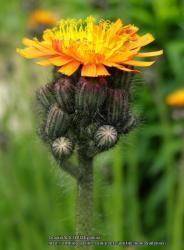

The other Hawkweed in my garden is Hieracium villosum (Shaggy Hawkweed). It is not invasive at all. The bloom is not so spectaculair, but the leaves and buds are beautiful.
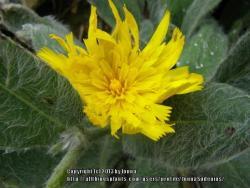
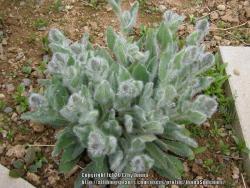
Another plant I really like is Anthyllis vulneraria var. coccinea (Red Kidney Vetch). It's a biennial, but it self-seeds a little and is easy to pull out if you don't want all of the new seedlings.


If you like cut flowers, Achillea ptarmica might be of interest to you. It is a fast-growing plant that spreads quite quickly.
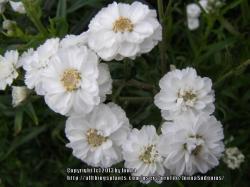

Another great cut flower is Campanula persicifolia (Peach-Leaf Bellflower). Put the stalks with unopened buds in a vase and you soon will have an explosion of stunning flowers.

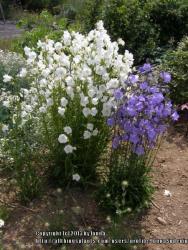
Dianthus barbatus (Sweet William) is also a great wildflower and cut flower. Most websites will tell you it's a biennial, but here they are perennial. They live here about 3-4 years.
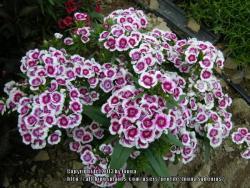
And do you know that most Digitalis (Foxgloves) are cut flowers too? Here a few I grow in my garden:
Digitalis purpurea. It is known as a biennial, but if I cut the flower stalks before they set seed, they will grow back next year.
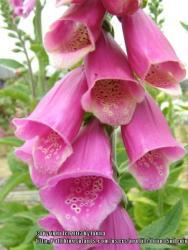
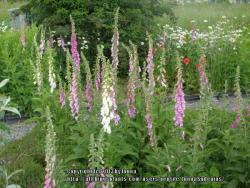
Digitalis parviflora (perennial)
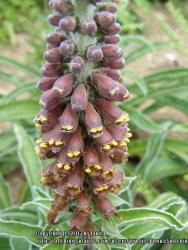
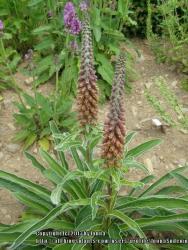
Digitalis ferruginea (biennial, but I have seen two plants show up for a third year)

Digitalis grandiflora (perennial)
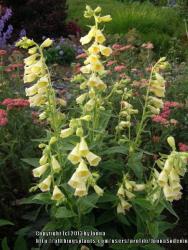
Digitalis laevigata (perennial)
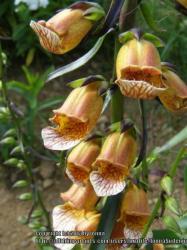
Lupinus polyphyllus is a great cut flower in spring. You'll need a big vase for this one.
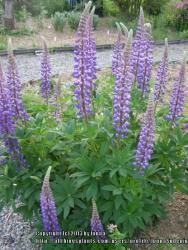
Syringa vulgaris is also a lovely and fragrant cut flower.
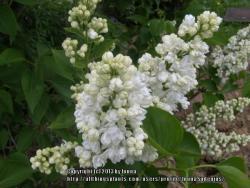
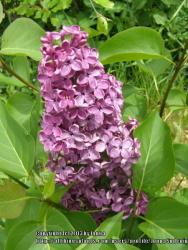
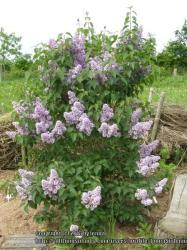
The longest-lasting cut flower I have in my garden is Tanacetum vulgare. It will stay about 2 weeks in a vase.
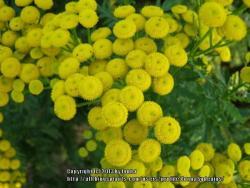
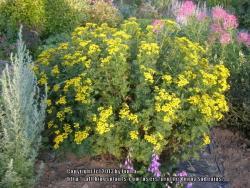
There are also a lot of good wildflower ground covers.
One of my favourites is Scutellaria sevanensis.
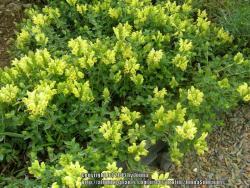

I also like Cerastium arvense very much. It's quite invasive, but if you have a spot where a lot of undesirable weeds grow, you can plant this one. It would be better not to plant it in your garden. If you like the plant and have no "wild spot" to plant it, you can grow it in big containers.
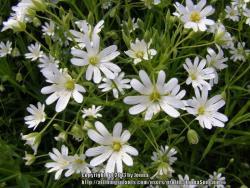
A non-invasive Cerastium is Cerastium alpinum subsp. lanatum, which is also very suitable for the rock garden.
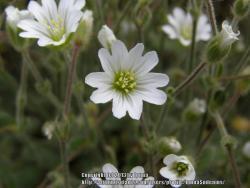

Another good groundcover, especially for shade or partial shade, is Umbilicus oppositifolius. It grows slowly here and is not invasive.
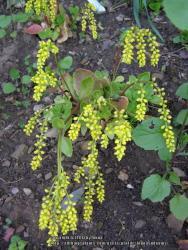
Dianthus turkestanicus also covers the ground very well. Besides that, it's fragrant.
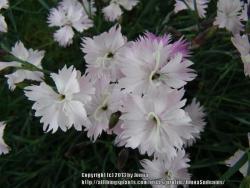
Prunella laciniata can produce white or purple blooms. I have the purple ones. It self seeds, but it's also very easy to pull out, even when the plants have grown bigger.


If you like rock garden and alpine plants, have a look at these:
Silene flos-jovis (Central Alps)

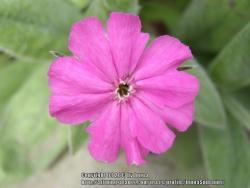
Potentilla hyparctica (Scandinavia)
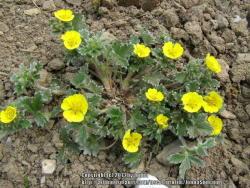
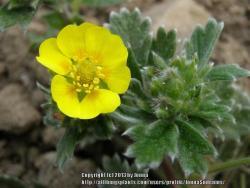
Globularia repens (Pyrenees)
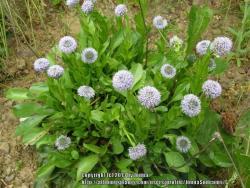
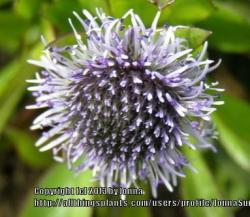
Anemone baldensis (Alps)
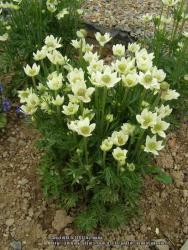

Wulfenia carinthiaca (Alps between Austria and Italy)

Onosma taurica (Eastern Europe)

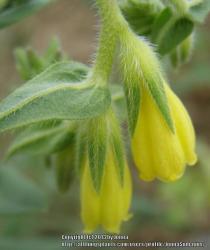
Campanula thyrsoides (Alps)
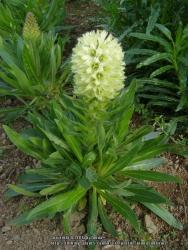
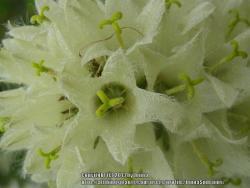
All of these rock garden and/or alpine plants are not invasive here at all.
In my region here in Belgium we are also growing some edibles.
Fragaria vesca, a wild small strawberry with a very sweet taste. It produces fruit from June until first frost.

Allium ursinum, tastes like onion and garlic. The leaves and blooms are used in salads, cheeses, bread, and pesto.
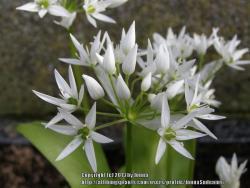

The flowers of Bellis perennis are used in salads.
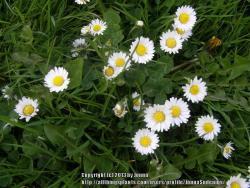
Urtica dioica, a plant not loved by many, but here the young leaves are used to make a famous soup and a very tasty cheese. We also use the plant to make a natural pesticide to protect plants against aphids.

Origanum vulgare, an herb we use in salads, with meat, and in pasta.
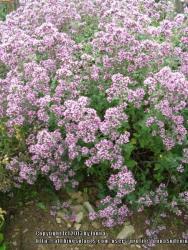
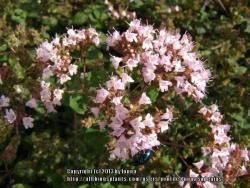
Thymus praecox subsp. arcticus, an herb with a lot of uses in the kitchen, but also used to make tea or cough medicine.
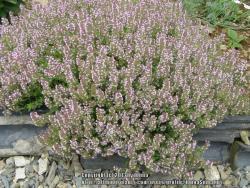
Myrrhis odorata. We use the young leaves in salads and fresh cheese. The unripe seedpods are really very tasty, I eat them while I'm working in the garden. They have a strong anise taste. These unripe seedpods are also used in stews, liquors, salads, and sauces.
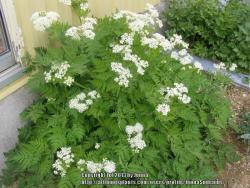
I do not have much knowledge of medicinal plants, but here are a few that grow in my region:
Glechoma hederacea. It's often considered to be a weed, but it is also grown as an ornamental plant in hanging baskets. Here it grows like a weed, but I have learned that it can really help me when I am bitten by a fire ant, so I keep the plant in two places in my garden. I'm extremely allergic to fire ants and had to go to the doctor several times, had blood poisoning twice, and had huge, very painful bumps for at least a month. After I found out that rubbing the leaves helped me to fight the allergic reaction, it became my favourite wild plant. I have to rub the leaves on the affected spot immediately after the bite and repeat that every hour for about 4 hours, but it prevents my allergic reaction. I now only have the itch and the little bit of pain everyone has after a bite from a fire ant.
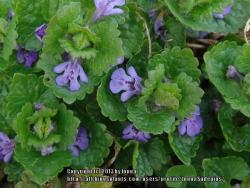
Sempervivum tectorum is a beautiful plant to grow, and it also offers relief when you are touched by a stinging nettle (Urtica dioica). Just rub the leaves on the irritated skin and the pain or itch will disappear soon.
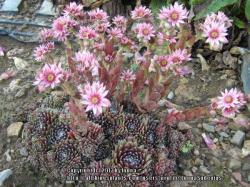
Some other medicinal plants that grow in my region are the following:
Hypericum perforatum, often used as an antidepressant

Valeriana officinalis, used as a tranquilizer. Did you know that this plant is at least as attractive to cats as Nepeta cataria (catnip)?

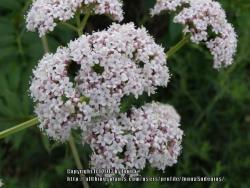
Galium odoratum (applied to wounds and cuts).
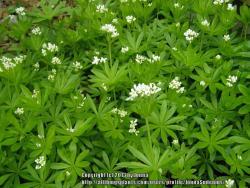
Galega officinalis (promotes milk-flow in lactating mothers).

I want to finish with my favorite European wildflower this year, Pontechium maculatum.

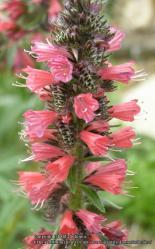


There are thousands of European wildflowers, and I can't show them all to you, but I hope this brief overview will show you how nice it is to grow wildflowers.
If you have any questions, it will be my pleasure to answer them.
If you want to trade wildflower seeds with me, please contact me.
And last, but not least, I want to thank Sharon https://garden.org/users/profi....
English is not my mother tongue, so she helped me write the article in correct English.
| Thread Title | Last Reply | Replies |
|---|---|---|
| Wonderful article by Dutchlady1 | Oct 18, 2013 2:33 AM | 21 |